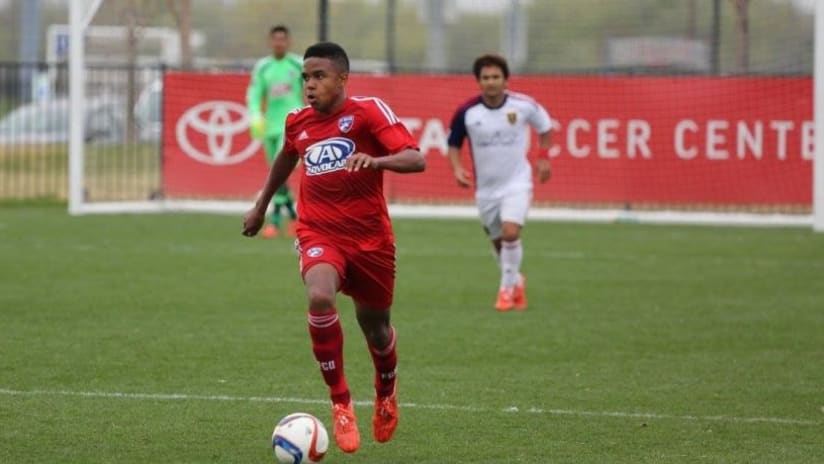MOVING FORWARD; AT WHAT COST?
By Dan HoffayA quick glimpse into the Pay-to-Play structures in U.S youth soccer
The majority of soccer minds will agree that the United States is far behind the rest of the world in one major category: youth soccer! The idea that we can develop world-class talents on a regular basis here in the United States, is currently only a pipe dream. Of course, there are outliers playing for some of the top clubs in the world that have developed here in this country, but why not consistently? Why do most of our generational talents still head abroad to continue their evolution? Why can’t we regularly develop a larger scale pool of national team ready talents? One Christian Pulisic, one Tyler Adams, one Gio Reyna in a country of 300 million.
Fifteen to twenty years ago, the scope of youth soccer in our country looked different. Naturally, as the sport has grown, and coverage has expanded in our nation, we have seen an uptick in the number of successful players across the major leagues in Europe.

Over that time, our country has developed an obsession over who can create the most elite youth programs. We’ve created some massive and incredible developmental programs all across our country. Clubs like FC Dallas have become known for developing talents. The problem that we have encountered as US Soccer has invested heavily in youth development, is the large percentage of our population that has been left behind.

Don’t get me wrong, we should be incredibly proud of how far we have come as a soccer nation, but we need to continue to take major steps towards competing with the rest of the world. That starts at the ground level, that starts with access to grassroots soccer.
The key word is access. The pay-for-play industry in American sports has taken over much of the landscape and created a paywall that has limited access to all sports in our country, especially in soccer. The undeniable truth of US soccer, at the current moment, is that $2,000 per year to play is not an affordable mark for many families. It creates a culture of privilege. Many will argue that the best players will always find their way into the teams. Coaches will do whatever they can to provide opportunities for the best players to join their program, even when they are not able to afford it. However, access to the game is not exclusive to only those with the greatest of skill. Our game must be inclusive.

One of the main problems we face is that we have created a game that is no longer for everyone. What happened to local town soccer? What happened to our recreational leagues in all of the towns across the country? Fifteen to twenty years ago, town soccer leagues all across the country were easily accessible. You didn’t have to be at the peak of your game in order to play consistently. Everyone had that opportunity. Entire communities gathered on fall Saturdays to watch hundreds of kids play the game they love. Now, for some reason, we feel that the best way forward is to alienate those who play for enjoyment in order to focus on the handful of athletes who have the potential to succeed at the next levels.
These setups do not need to be mutually exclusive. Both can survive and both can thrive in every community. Getting kids on the field is step one to building a nation with a love of soccer. Accessibility has always been the great advantage of soccer. You just need a ball and a dream. Somewhere along the way, we lost our path and started to treat the sport as a business. Of course, finance is always an obstacle, but we must remember our roots and push the game forward in our country so that everyone has the chance to be the next big thing. Not every player is a child prodigy. Without the opportunity, we may not be able to find our next superstar.
Access for all has to become a priority in US Soccer in order to help create an atmosphere where any young athlete has the potential to impact our USMNT and USWNT.

From Episode 00:45
Want to Hear More From Dan and Dennis Crowley?